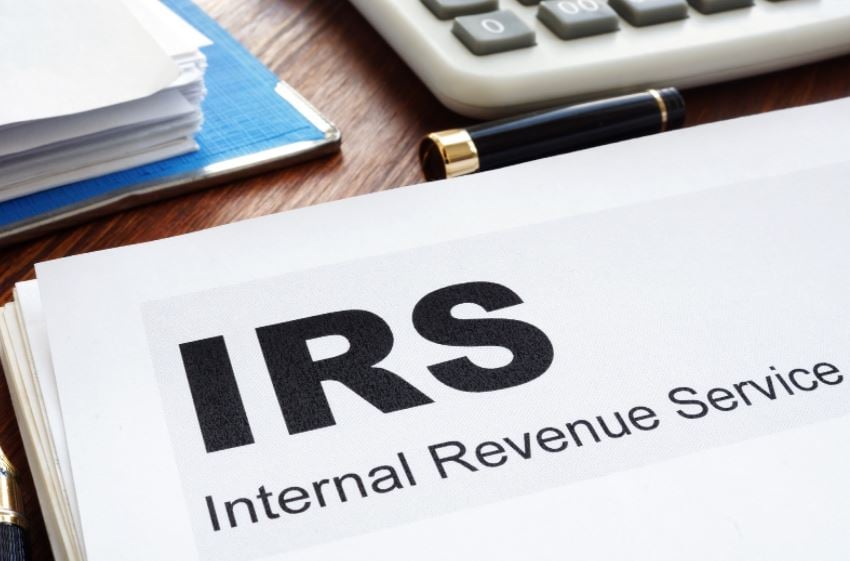3 Strategies for Improving Payroll Operations
Every business has its own payroll systems, policies and procedures. Therefore, specific areas needing improvement may vary by employer. That said, here are three overarching aspects of payroll that can drastically improve your payroll operations and back office efficiency.
Pay satisfaction
Are your employees complaining about their pay? If so, they’re in good company. According to Ceridian’s 2019 Pay Experience Report:
- 80% of North American employees are frequently stressed about pay and money problems.
- Only 30% of employees are fully satisfied with their employer’s pay transparency practices.
- Only 41% of employees receive pay reviews once a year or more.
- A surprising one in five employees were paid late in the past year.
Among the reasons for late pay are disorganization within the company, direct deposit problems, and issues with cash flow and mail delivery. These statistics highlight the importance of listening to employees’ complaints about pay and taking steps to address them. Note that resolving pay satisfaction issues often requires collaboration with human resources and/or finance.
Payroll processes
Because payroll has so many moving parts, improving payroll processes can seem overwhelming at first. Here are some pointers to get you started:
- Standardization. How structured, consistent, easily understood and efficient are your payroll practices? Every member of your payroll team should be on the same page with regard to how things must be done in the payroll department.
- Multiple payrolls. Do you have more than one pay frequency? How often are you cutting manual checks throughout the pay cycle? The more payrolls you run, the higher your administrative costs and the greater the chance of errors. So examine how often you’re running payroll and see where you can cut back.
- Timekeeping. Do you have nonexempt employees? If so, accurate timekeeping is essential to paying them for all hours worked. It’s also vital to tracking employee time off and complying with payroll record-keeping laws. Look for weaknesses in your time card submission process and ways to enhance the veracity of information received.
- Paycheck timeliness. Are you doing everything you can to ensure employees are paid on time? You might, for example, eliminate mail delivery issues by encouraging direct deposit and offering pay cards to employees who do not have direct deposit. You should also have a payroll continuity plan for dealing with emergencies and natural disasters.
- Compliance. Are you meeting applicable federal, state and local payroll requirements? If so, could the process be smoother or less expensive? A payroll provider can be an invaluable resource for complying with payroll laws.
Payroll technology
Effective payroll technology is crucial to payroll compliance and efficiency. So review your payroll technology and determine whether it’s time for an upgrade.
The current payroll climate demands technology that integrates timekeeping, payroll, employee benefits and HR. An integrated system reduces manual activities and payroll errors and makes it easier to cross-reference information. It also:
- Allows you to detect and correct potential issues early, before employees receive their paychecks.
- Delivers employee self-service options and access to real-time payroll reports.
- Simplifies payroll-trend monitoring and adherence to payroll laws.
A payroll provider can connect you with cost-effective, advanced technology that’s built to improve payroll processing and compliance.
Looking for payroll software? Request a demo of our cloud-based payroll and HR solution today.







Reply a Comment